Decomposition is…
a) the growth of food with a compost amendment.
b) the breakdown of organic wastes and dead organisms.
c) the dead-composition of organisms in the soil.
B. Decomposition is the breakdown of organic wastes and dead organisms.

Composting is a process of __________ decomposition done to produce a nutrient-rich form of organic matter.
a) Random
b) Useful
c) Controlled
d) Household
c) Controlled decomposition.
Composting is a biological process in which organic materials are ‘broken down’ into an end product called compost — a dark, nutrient rich form of organic matter.
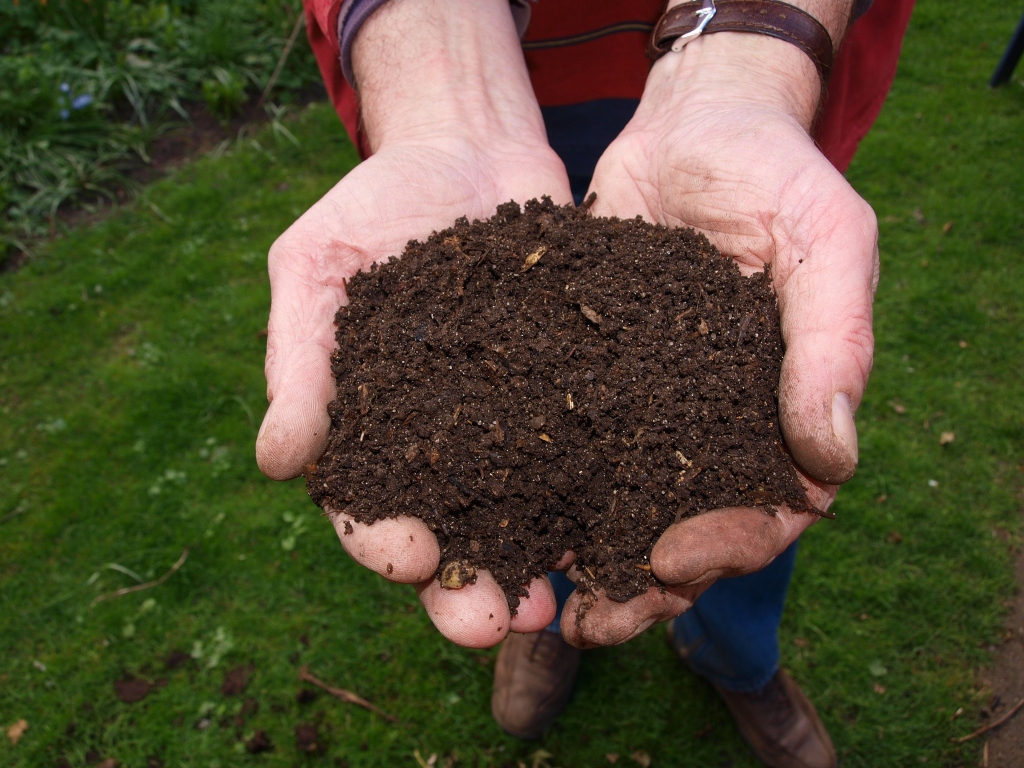
What is the name for composting with worms?
Vermicomposting
True or false: Bacteria & fungi are the main decomposers at work during decomposition.
True. Decomposers, such as bacteria and fungi, transform wastes and dead organisms into nutrients that can once again be used by plants and animals in the ecosystem.
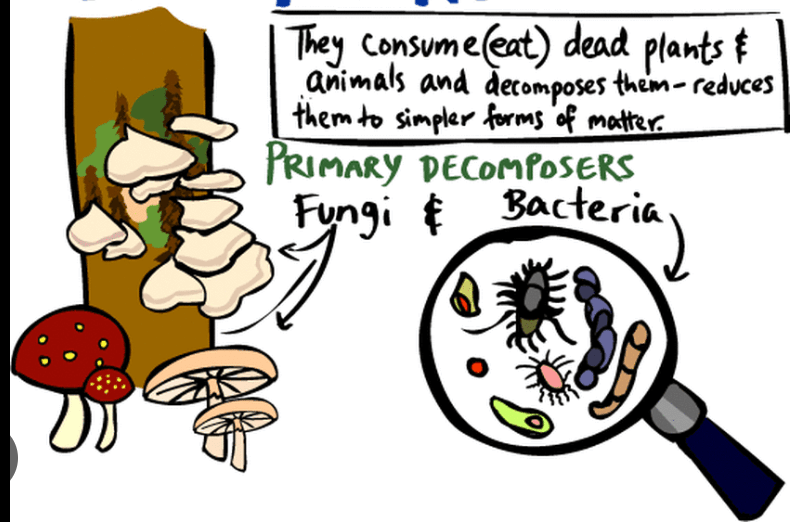
How does this picture relate to compost?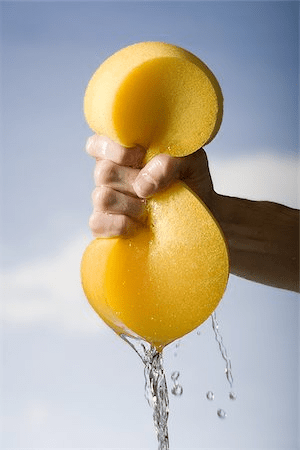
Compost should be wet as a wrung-out sponge. This sponge is way too wet. A couple drops are OK, but not dripping.
Why are dead animals important to ecosystems?
Organisms continue to contribute to the energy flow in an ecosystem even after they die. Decomposition helps to recycle matter, nutrients, energy throughout the ecosystem.
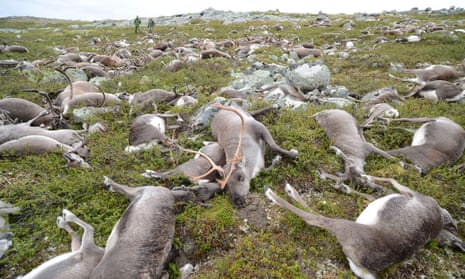
What are main priorities of composting?
a) Create and maintain conditions that micro-organisms like to live in.
b) Get rid of all pests and let food naturally decompose.
c) Fill the bin with as much food scraps as possible.
a) Create and maintain conditions that micro-organisms like to live in.
Just like us, soil organisms need food, air, water, and shelter to survive!
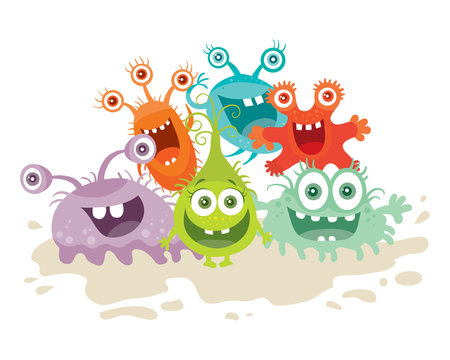
How do worms get their information from their environment?
a) Seeing & tasting
b) Sensing light & vibrations
c) Sensing with smell & touch
b) Sensing light & vibrations
Worms do not have eyes, but are sensitive to light (PHOTOSENSITIVE) and can sense vibrations from movement/noise.
Name two ways experts classify/organize soil fauna.
Trophic level—the position of an organisms in the soil food web (e.g., producer, consumer).
Body size—microfauna, mesofauna, macrofauna.
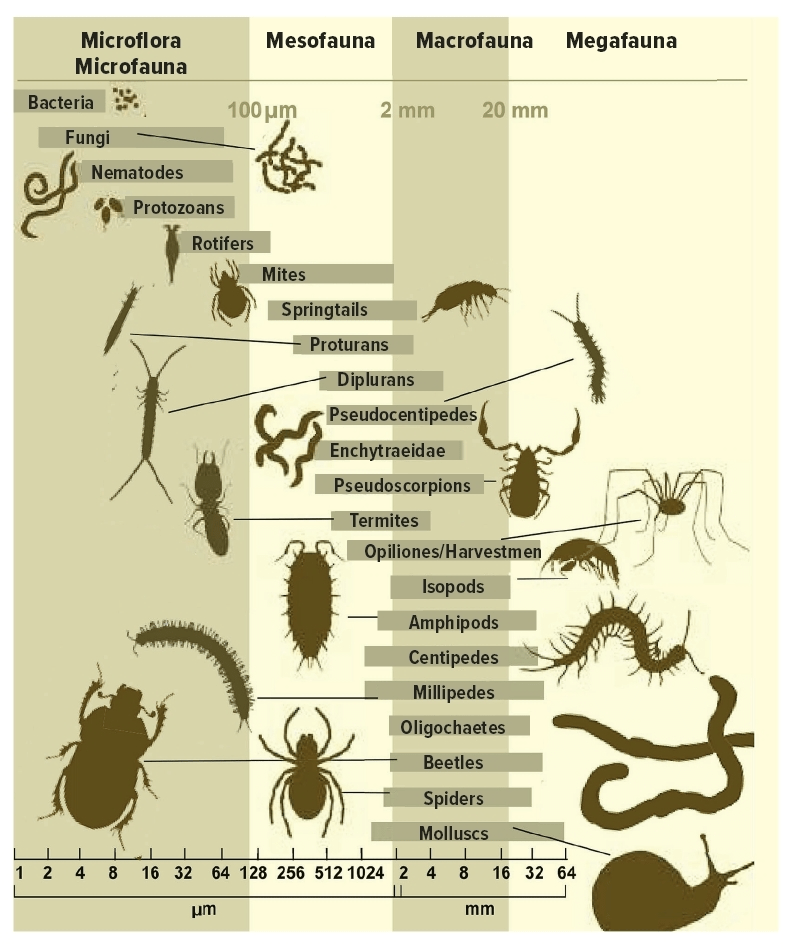
Why do worms need a moist environment?
a) They need it to hydrate.
b) They need it for hygiene.
c) They need it breathe oxygen through their skin.
c) They need it breathe oxygen through their skin.

What do decomposition, food webs, and trophic levels, food webs, have in common?
The transfer or transformation of matter & nutrients (energy).
Why do we compost?
To help reduce and manage our waste.
To turn our food scraps into something we can use in the garden.
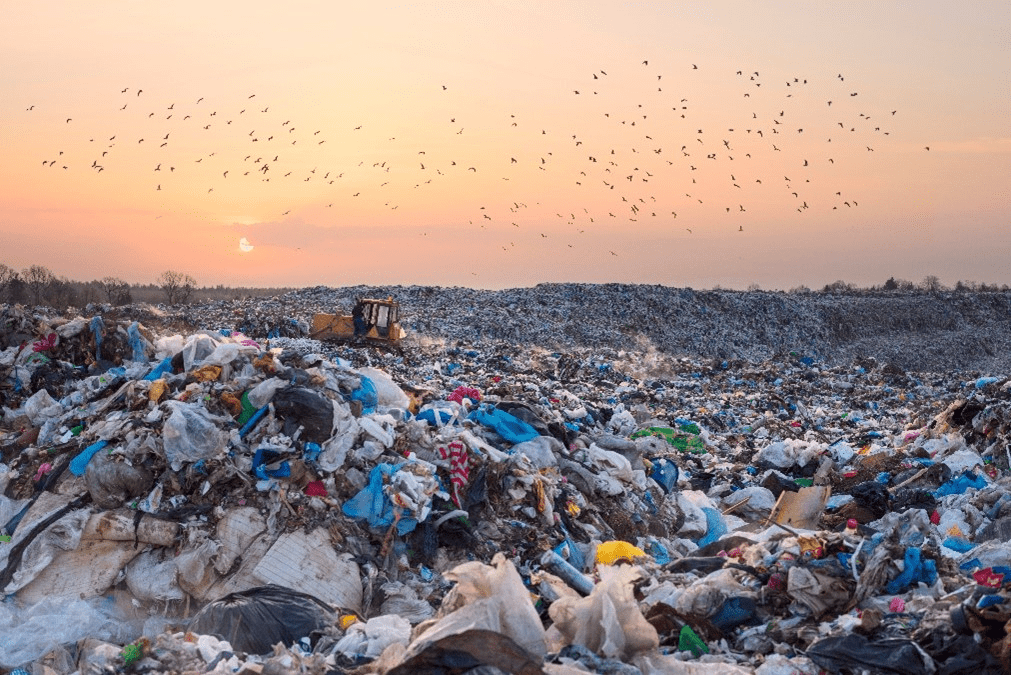
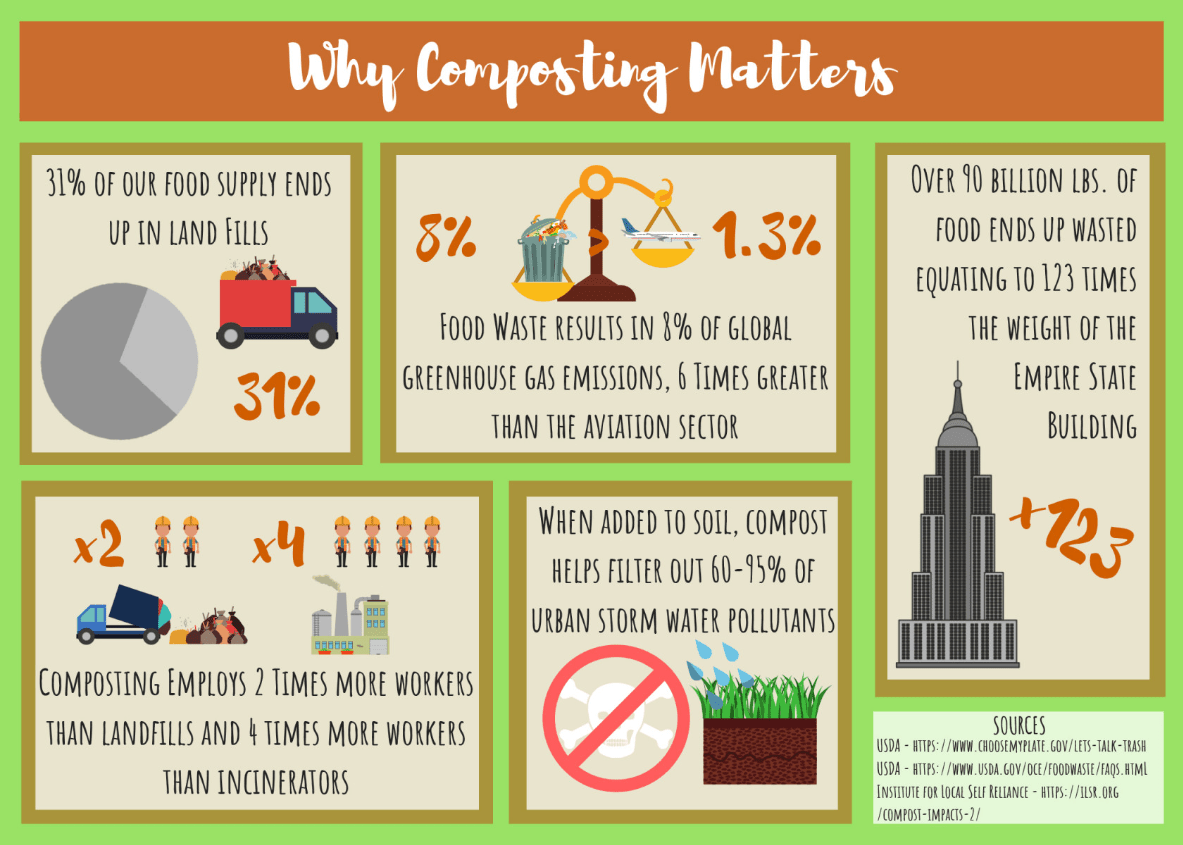
Name 2 kinds of food scraps that COULD go into a worm bin.
Coffee grounds, egg shells, tea bags, vegetable and fruit scraps.

What is this organism?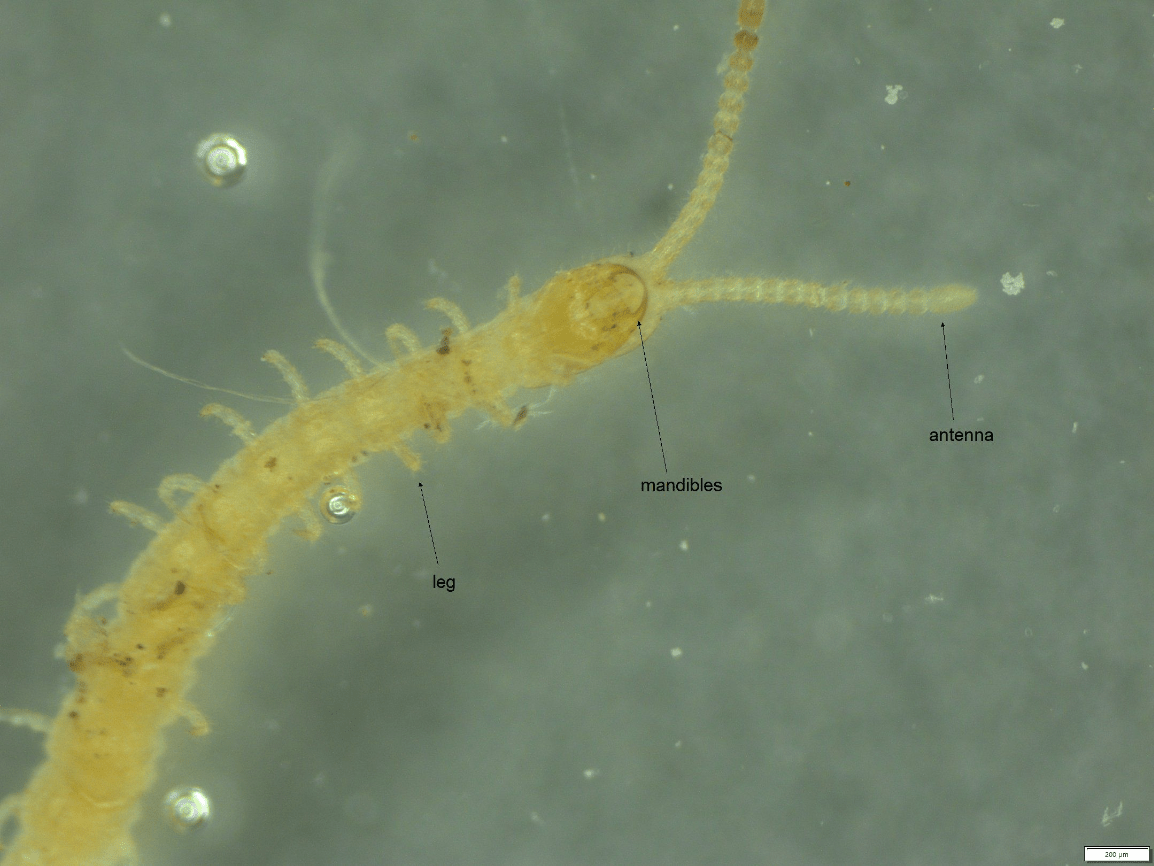
Millipede! The many legs and segments, and two antennae are key body features.
Why do food scraps need to be chopped into smaller parts?
Smaller food scraps = more surface area = more area for organisms to access food = faster decomposition.
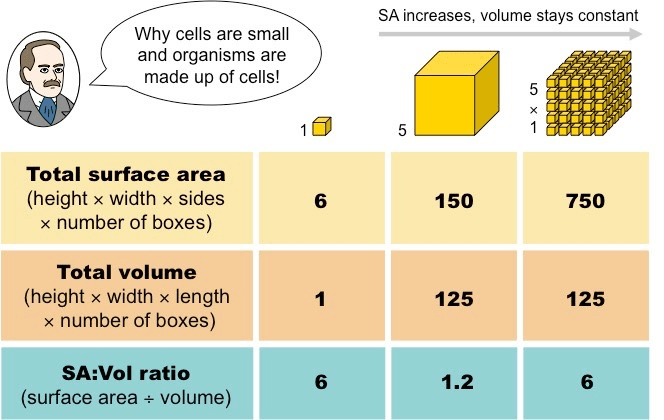
Name the 4 phases of this diagram that depict the process of nutrient cycling/decomposition.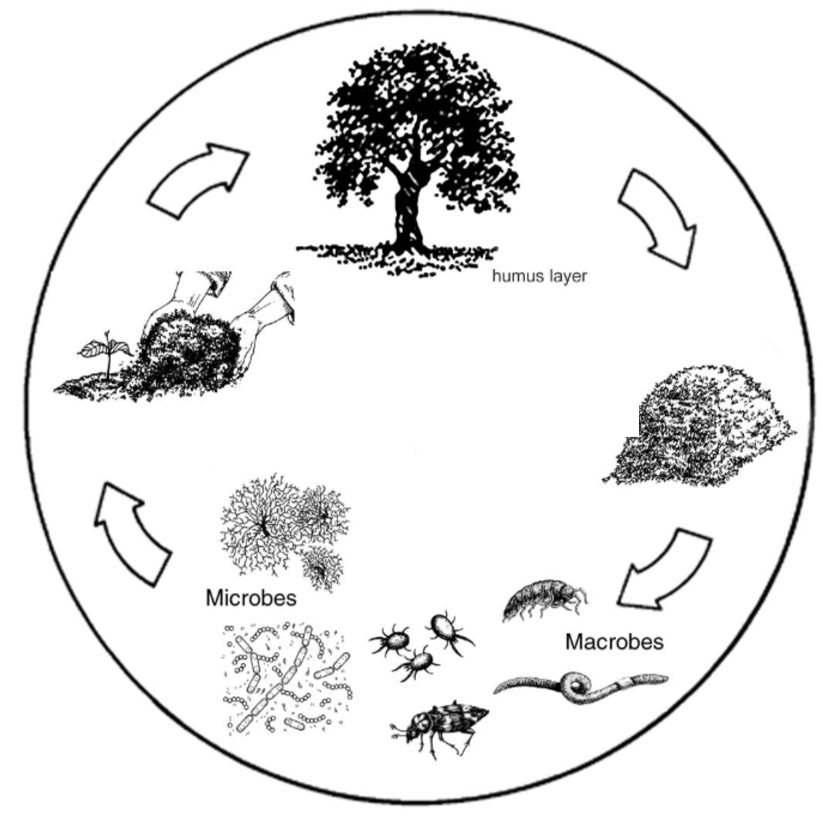
Life, death, decay, rebirth.
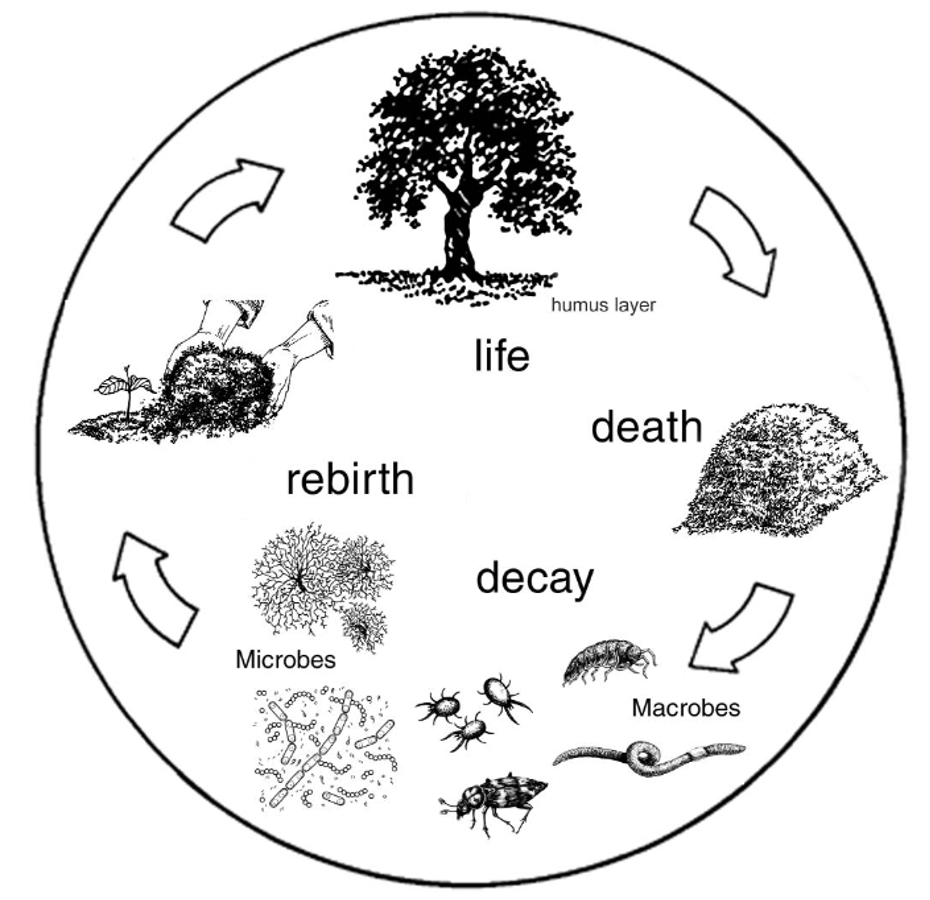
What are the “BIG 4” components impacting composting process?
Carbon (browns); Nitrogen (greens); Air (oxygen); Water
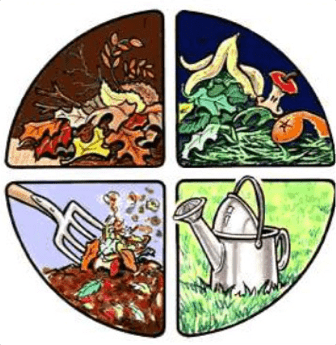
Name 2 kinds of food scraps that SHOULD NOT go into a worm bin.
Meat, dairy, citrus, onions, garlic, spice, bread unless for bulking.
Name the four trophic levels of the belowground foodweb.
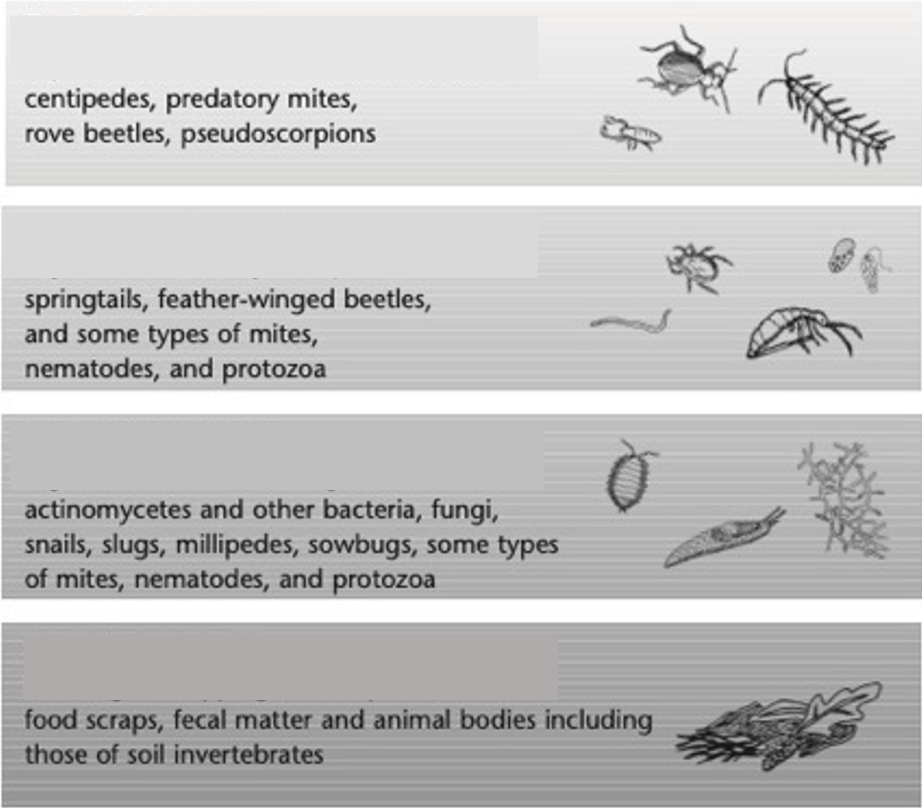
Detritus & Organic matter
Primary consumers
Secondary consumers
Tertiary consumers
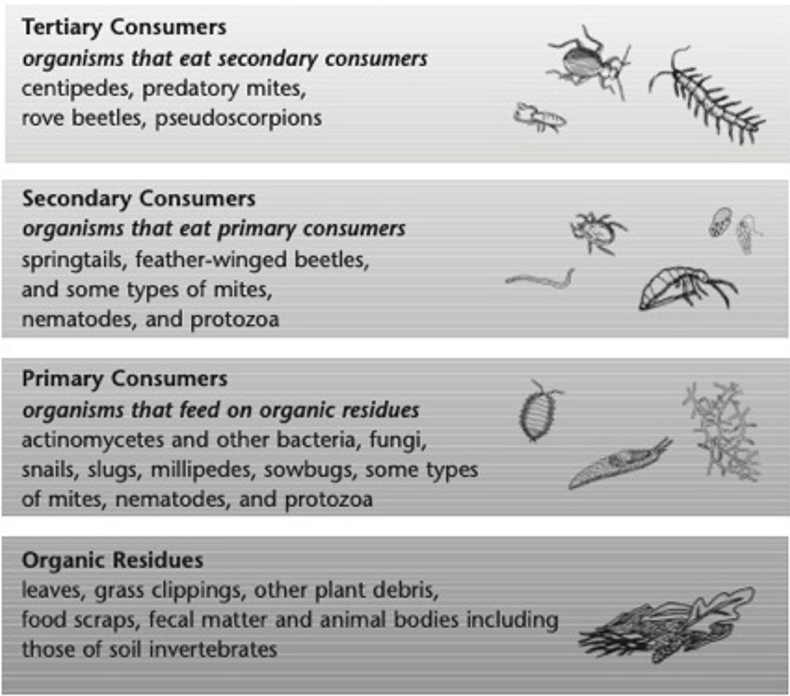
Why does a typical compost need layers?
Compost needs layers for proper moisture distribution and aeration; avoiding compaction.
Describe how the Indigenous Science theme of transformation relates to decomposition.
- Decomposition helps transform and cycle energy through an ecosystem.
- The natural world is in a constant phase of change and transformation.
- Transformation and renewal are central to Indigenous knowledge.
- Decomposition is transformation in action.
Why is it important to turn/mix a compost pile?
What happens if there is too much water in the compost?
Turning or mixing increases oxygen in the bin. The compost bin needs oxygen so the soil animals to breath. Aeration can help speed up the composting.
Wetness is needed for the microbes to live in the water films, but too much water can slow down the process by using anaerobic bacteria. Too much water can result in slimy and smelly compost.
What is required to maintain a worm bin? How often?
Are there any special techniques? Why?
You need to feed a yogurt-size container of food scraps once a week. You need to bury the food scraps under the browns (don’t leave them at the top). Leaving them at the top could attract flies.
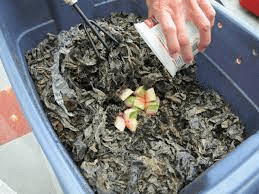
How does the Lekwungen principle nuts’a’maat (interconnectedness) relate to the soil food web?
Nut’a’maat = we are all one. Soil foodwebs demonstrate this principle of interconnectedness, since each organism in the food web supports the existence of another.
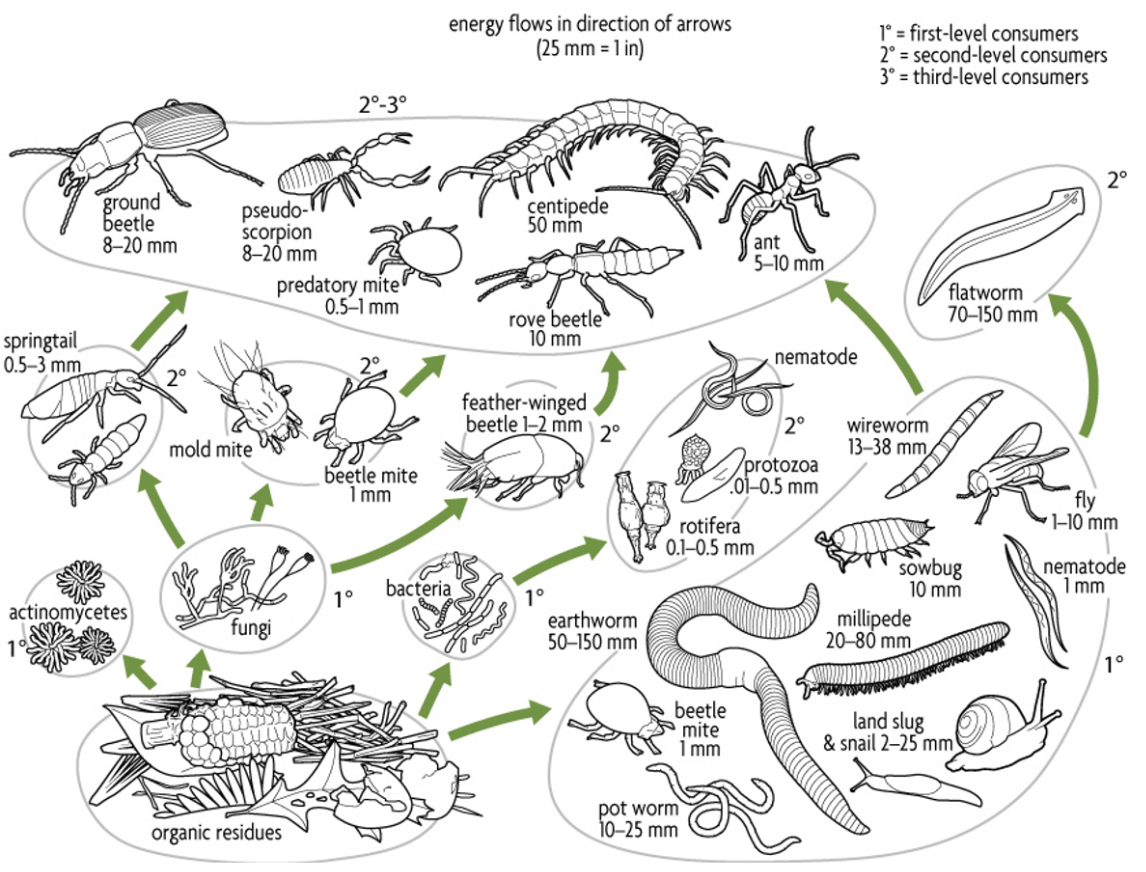
Based on what you know, which composting method would be faster, plain/basic composting, or vermicomposting? Why?
Vermicompost would be faster because microbes are still present in the worm bin. So with vermicomposting you have worms + microbes, whereas in the plain bin it is mostly just microbes. Plus, worms can help recruit other soil fauna to help speed up the composting. Worms also help aerate the soil through moving around.